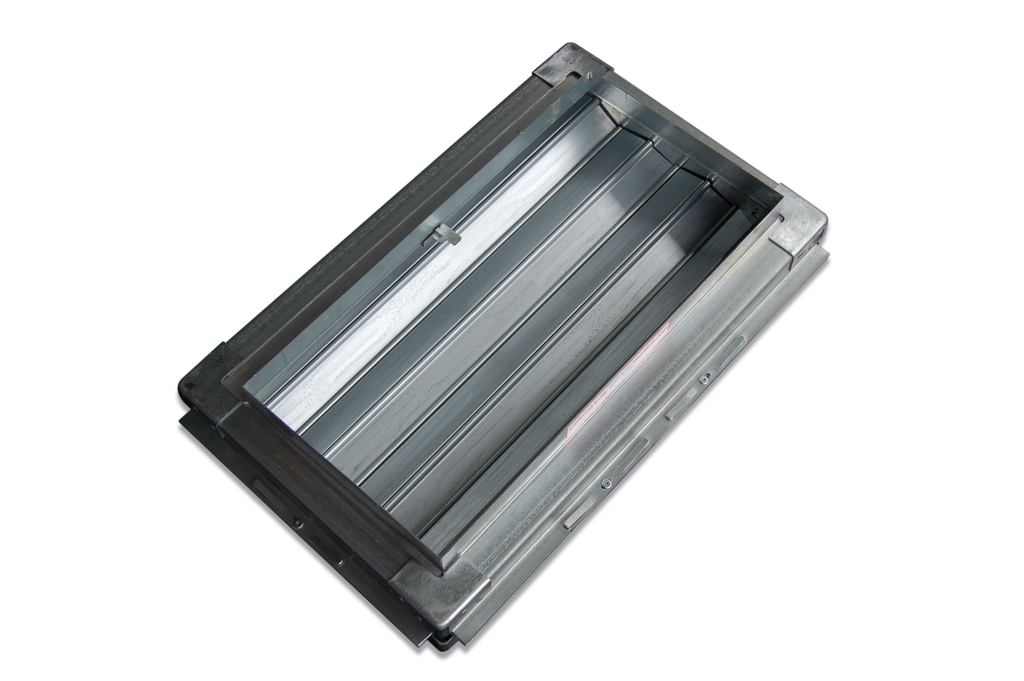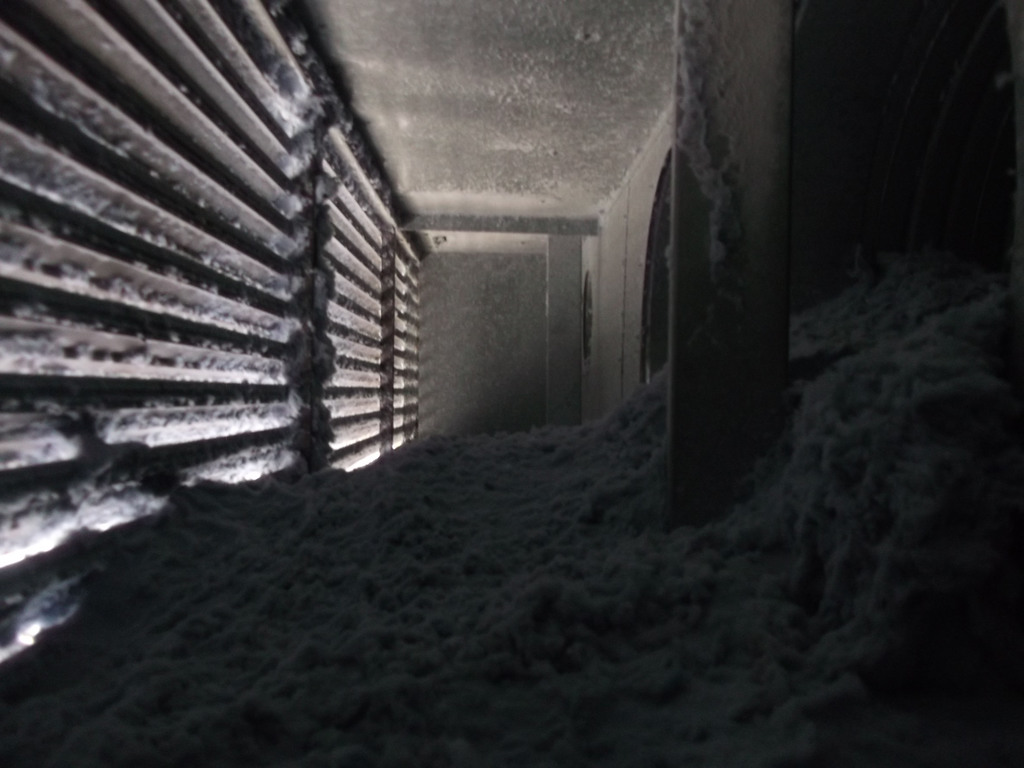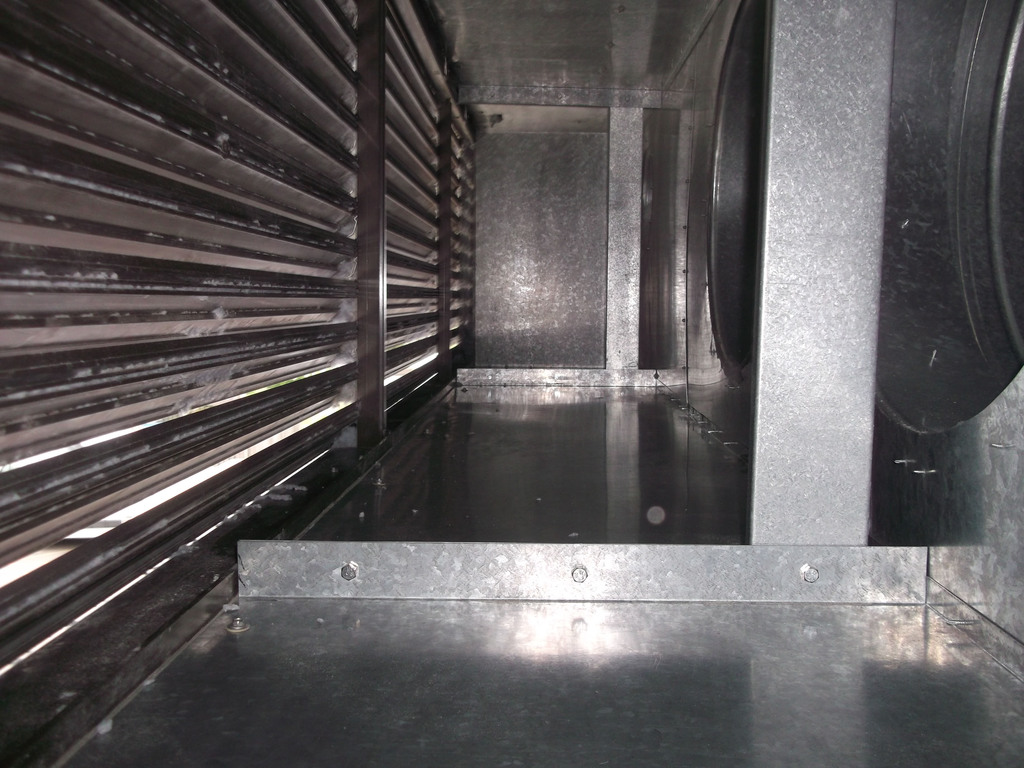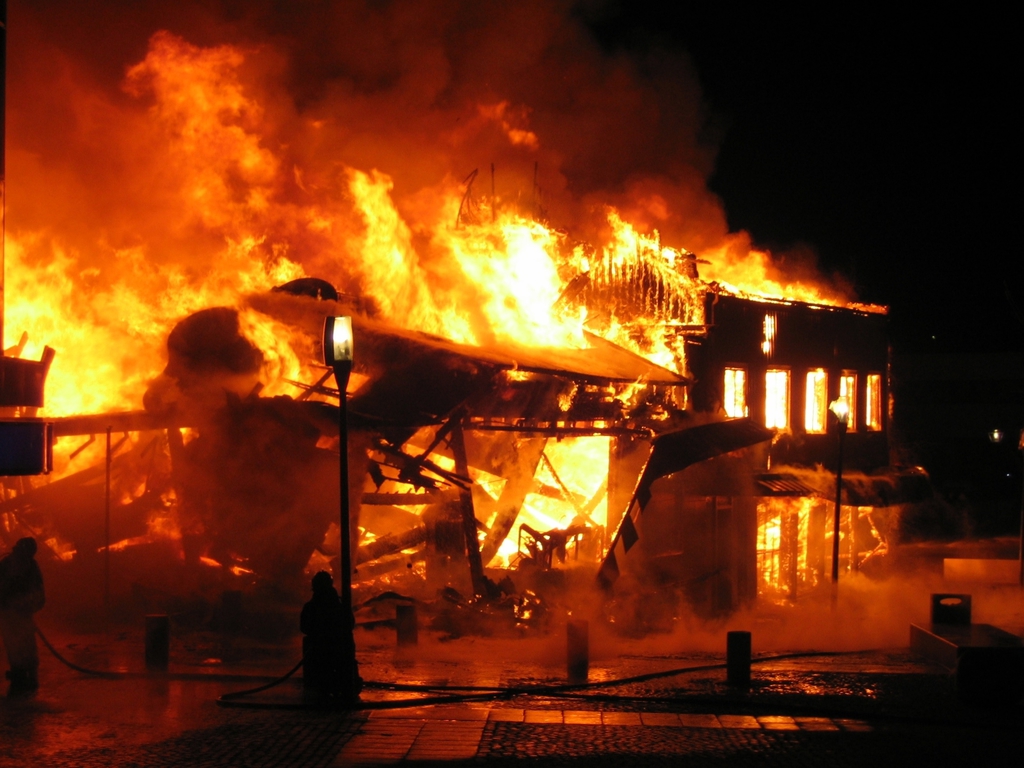
Kelly Rose
Editor

Kelly Rose
Editor
In a recent survey by the Fire Industry Association (FIA), almost a fifth of company owners or managers questioned admitted that, due to financial pressures, they had revised some fire safety procedures in an attempt to save money.
Delaying or neglecting the maintenance of fire safety equipment is not a move to be taken lightly – for instance, dust-contaminated ventilation ductwork presents a serious fire hazard with enormous cost implications. Increasing numbers of insurance companies are refusing to pay out for fires traced back to dirty ventilation systems and those deemed responsible face prosecution, which could result in fines, jail terms and the loss of business.
Breaching fire safety regulations
Last year, a series of prosecutions sent out a clear message that if you breach fire safety regulations, you are likely to face serious penalties including:
Built-in fire protection
UK building regulations require that built-in or ‘passive’ measures are taken to contain the spread of fire that may occur, including installing fire separating elements such as fire doors, fire-resistant glass and fire-rated ducting.
In a building’s ventilation system, fire dampers can prevent ductwork conveying fire from one area to another. Heat and smoke travelling down a ventilation system will activate a mechanical stop to release the fire damper shutter, which will contain the fire to its point of origin. However, it is not enough simply to install such measures – a regular cleaning and maintenance schedule is of paramount importance.
If the shutters are clogged with dirt, dust and other contaminants, fire could spread throughout the building in a matter of minutes. It is also essential to check fire dampers regularly to make sure they are operating effectively; these checks are integral to any fire maintenance regime.
Guidance for ‘those responsible’
The British Standard (BS) 9999:2008 Code of Practice for fire safety in the design, management and use of buildings provides recommendations and guidance to achieve acceptable levels of fire safety for all people in and around buildings. It recommends that all fire dampers should be tested at regular intervals not exceeding two years; spring-operated fire dampers should be tested annually; and fire dampers in dust-laden and similar atmospheres should be tested more frequently.
Furthermore the Regulatory Reform (Fire Safety) Order 2005 states that, where necessary, in order to protect the safety of relevant persons, the ‘responsible person’ must ensure that the premises and any facilities, equipment and devices provided are subject to a suitable system of maintenance and are kept in efficient working order and in good repair.
Should an employee or tenant die in a fire and poorly maintained ductwork is deemed the contributing factor to their death, those responsible are vulnerable under the Corporate Manslaughter Act 2007.
Fire safety service
A tailor-made monthly or annual cleaning programme to remove dust and bacterial contaminants from ventilation ductwork and regular fire damper testing will help identify any problems requiring remedial works and minimise fire risks. Before commissioning maintenance work, make sure your supplier is able to give evidence of its skills and adheres to the British Standard 15780:2011 which clearly defines vital goals to be achieved by anyone responsible for the ventilation in any building.




Chaucer Industrial Estate
Dittons Road
Polegate
BN26 6JF
UNITED KINGDOM
01323 481170